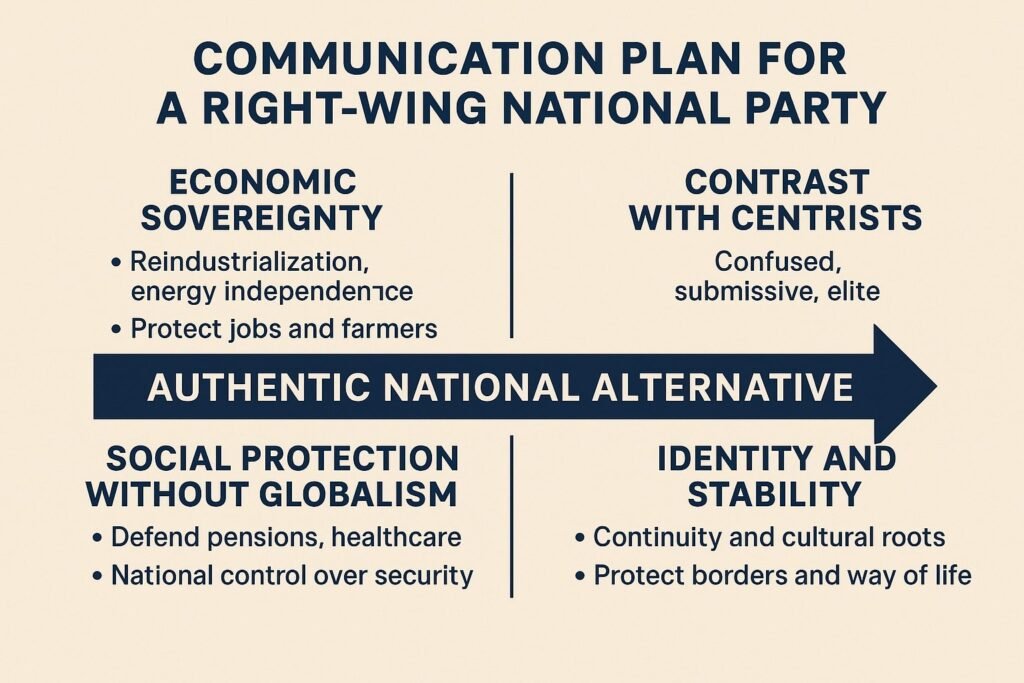Inclusion – When Welcoming Means Policing
From Open Doors to Guarded Gates
In plain English, inclusion means making sure everyone feels welcome. In activist and corporate language, it means something very different: a set of rules, trainings, and bureaucracies designed to enforce the “right” way of thinking.
The promise is harmony. The reality is conformity.
Inclusion sounds like common sense, but in practice it often excludes dissent, polices language, and punishes those who don’t follow the script.
Table of contents
What Is Inclusion?
- Traditional meaning: Making space for people of different backgrounds.
- Modern activist meaning: Enforcing identity rules so nobody feels “unsafe.”
Inclusion today isn’t about equal access. It’s about managing feelings, often at the expense of free speech and open debate.
Inclusive Buzzwords
Inclusion policies usually come wrapped in slogans that sound positive but hide sharp edges:
- “Safe spaces” – Areas free from uncomfortable opinions.
- “Belonging” – Everyone must agree with the group to fit in.
- “Inclusive language” – Policed vocabulary with ever-shifting rules.
- “Zero tolerance” – A code for banning or firing dissenters.
The words suggest openness, but the effect is usually control.
How It Shows Up in Practice
- In Workplaces: HR policies requiring staff to follow inclusive language codes or attend mandatory training.
- In Schools: Lessons rewritten around identity categories, often discouraging debate.
- In Universities: Speech codes that punish professors and students for unpopular opinions.
- In Politics: Laws framed as protecting inclusion but limiting freedom of speech.
Inclusion becomes less about welcoming people, more about creating bureaucracies of obedience.
Why Corporations and Institutions Love Inclusion
- Corporations brand themselves as “inclusive” to look modern without raising wages or tackling inequality.
- Universities expand inclusive offices and staff, generating endless roles for administrators.
- Politicians use inclusive laws to signal virtue, while ignoring tougher issues like housing or healthcare.
Inclusion is cheap moral theatre. Everyone looks virtuous while nothing material changes.
The Consequences of Inclusive Thinking
- Exclusion of dissent: Those who question the rules are labelled intolerant.
- Division: Identities are emphasised, not shared values.
- Bureaucratic creep: Whole departments built around enforcing inclusive policies.
- Silenced debate: Fear of offence overrides freedom of thought.
Ironically, inclusion often creates the very exclusion it claims to prevent.
Why It Matters
Inclusion sounds harmless — who wouldn’t want people to feel welcome? But in practice, it has become a political tool: shaping HR rules, education policies, and even laws.
The shift from openness to enforcement is subtle but powerful. Inclusion no longer means “you belong here.” It means “follow the script, or else.”
The Cost of “Belonging”
Inclusion began as a promise of openness. Today, it’s a set of rules that close off debate, punish disagreement, and give corporations and institutions cheap moral cover.
What was meant to make society fairer has become another way to control it.
👉 For the full picture of how DEI really work, visit our DEI Explainer Hub.
FAQ
What does inclusion mean today?
In activist language, inclusion means enforcing identity rules so everyone feels “safe,” often at the expense of free speech.
How does inclusion work in practice?
Through HR codes, school curricula, speech rules, and mandatory training sessions.
Why is inclusion controversial?
Because it often silences dissent and creates bureaucracy instead of genuine openness.
Who benefits from inclusion policies?
Corporations, universities, and politicians who gain moral credibility cheaply.
How does inclusion link to DEI?
It’s one of the three pillars (Diversity, Equity, Inclusion) but often the most visible in daily life.



